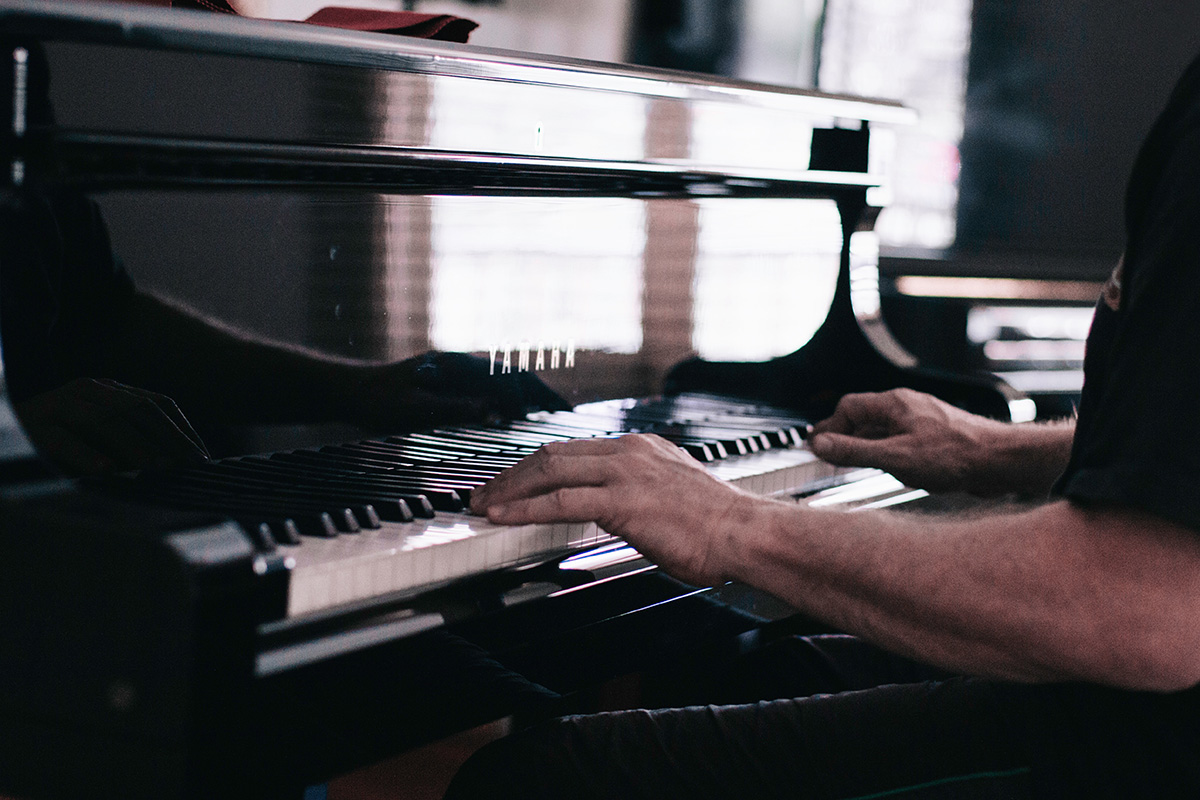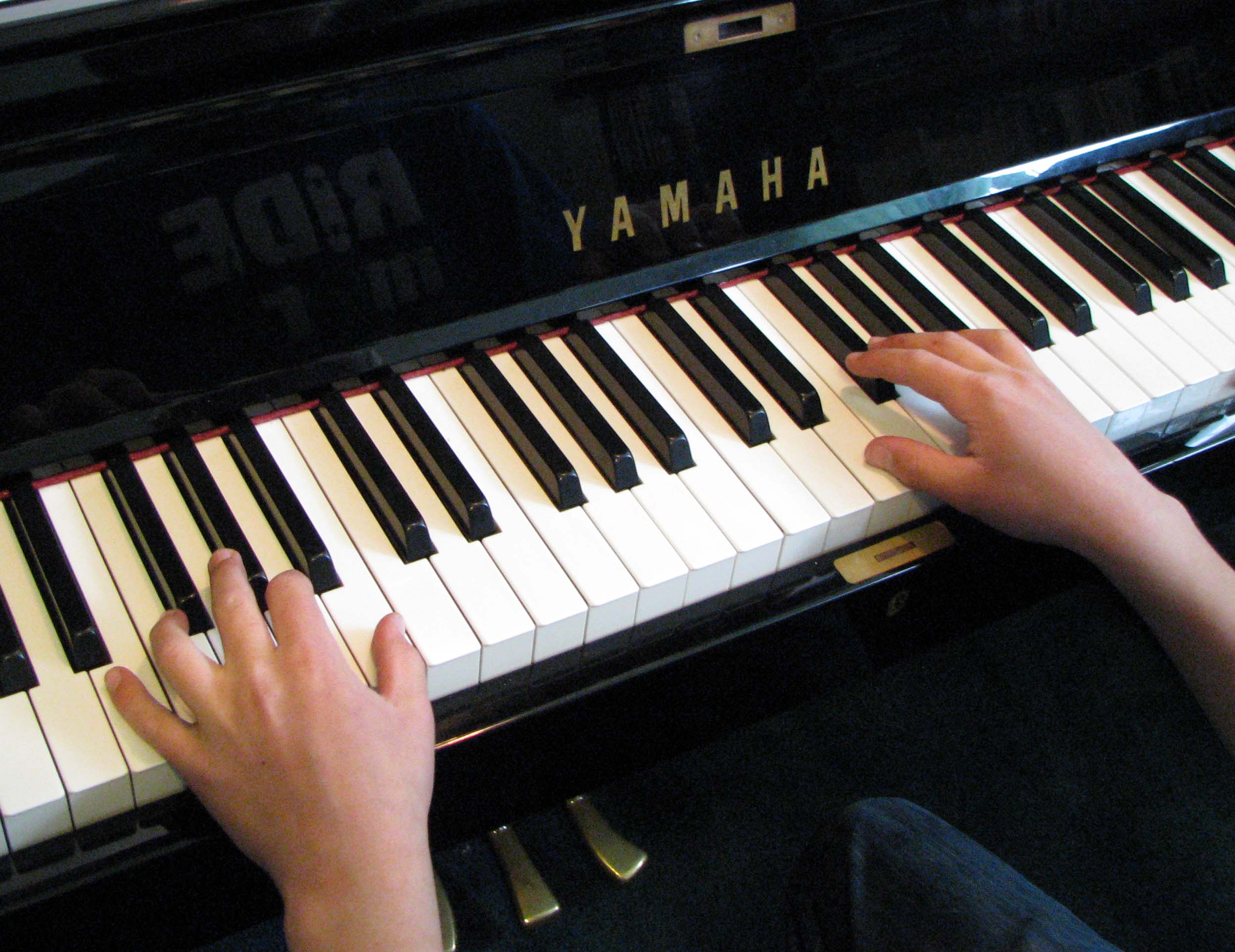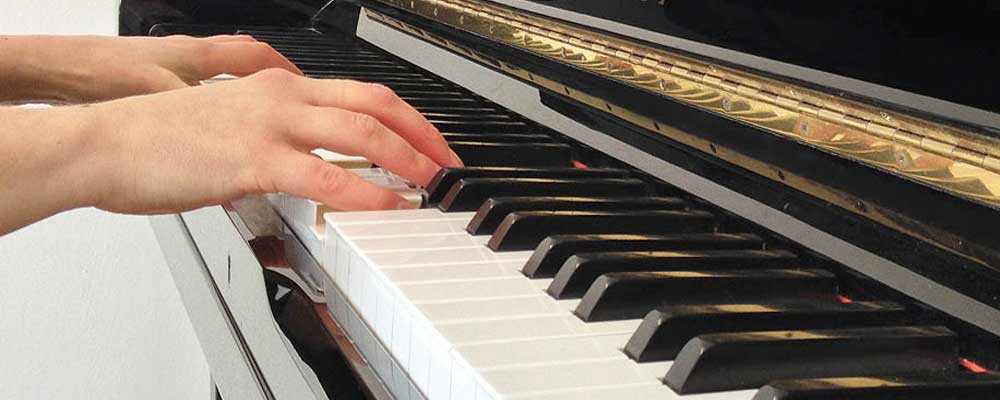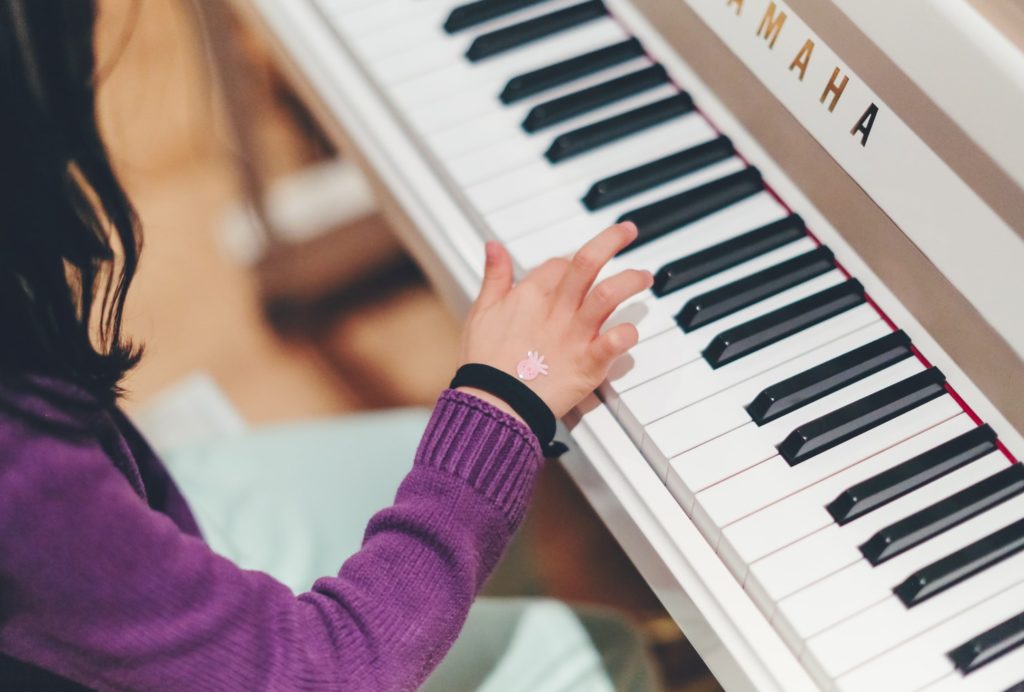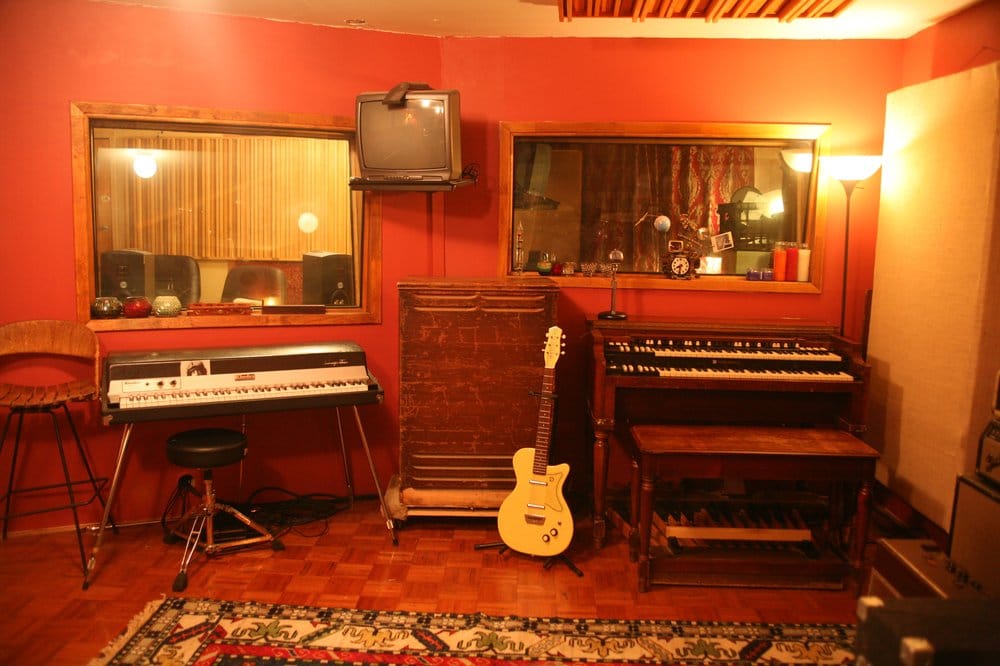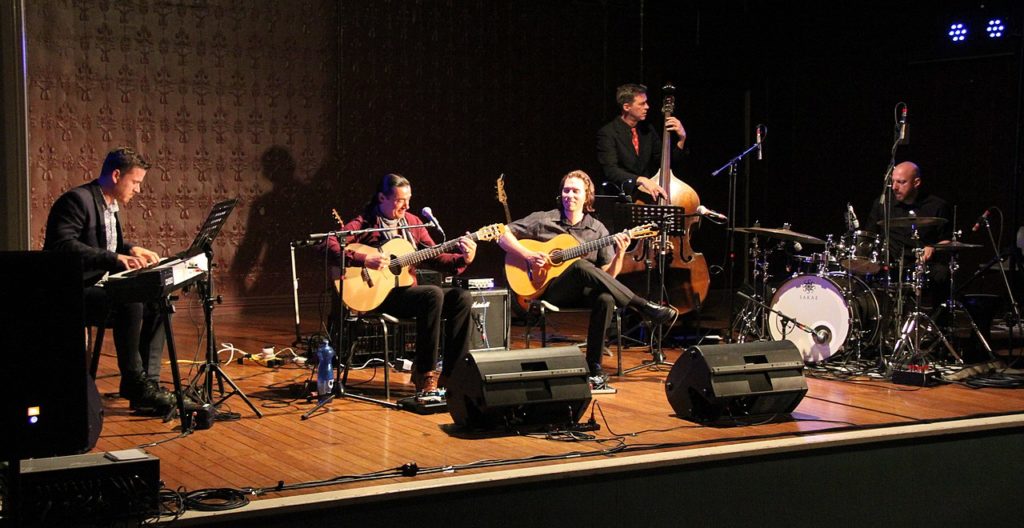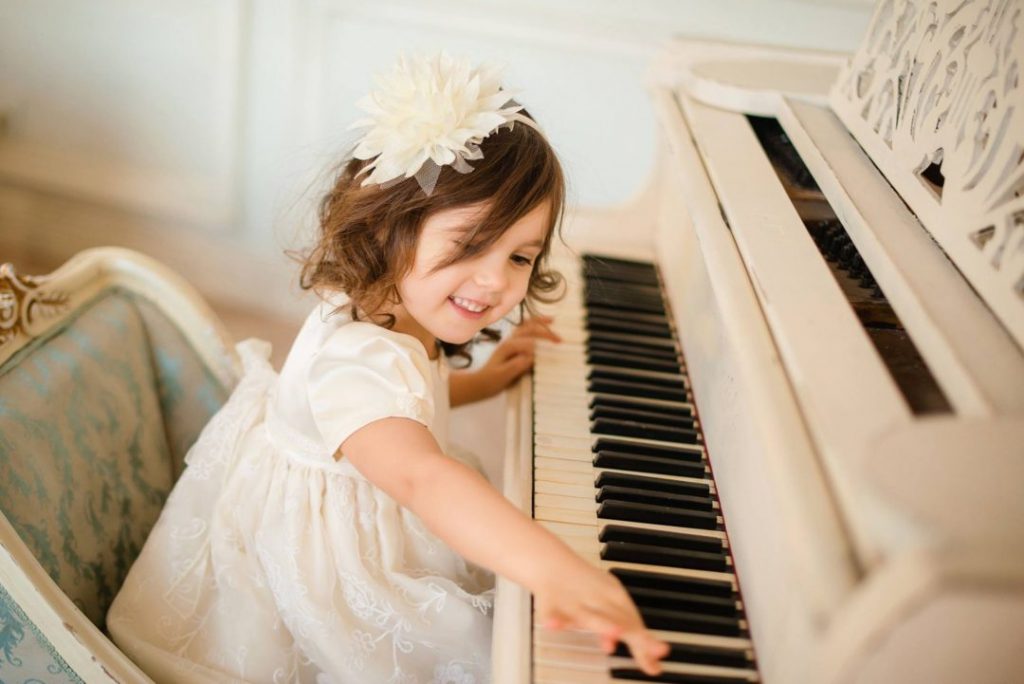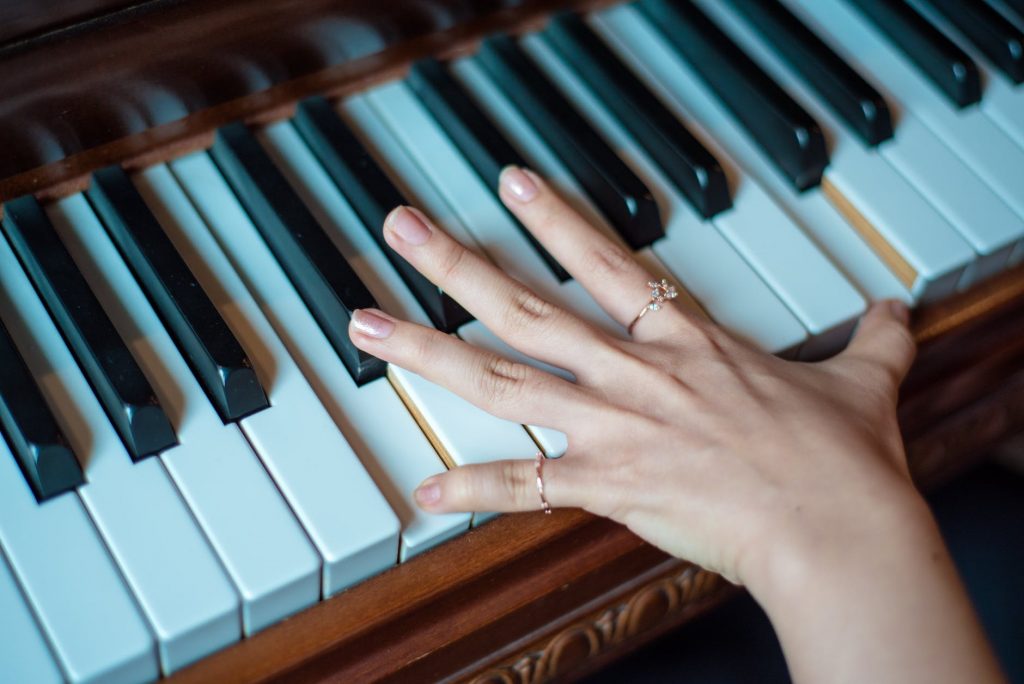A Less Rigid Approach To Teaching Piano
Budding musicians do not all come to instrumental teachers with our goal of perfect musicianship and technical mastery. They may have a creative (or even spiritual) goal.
For decades, young pianists have come to me, playing the infernal Chopsticks, to which many piano teachers respond by hustling them to the opening page in Piano Tutor Book 1, which has a tune played on one note with two thumbs. A backwards step, the young musician feels, and a rejection of their tangible achievement. In this culture of soundbite and immediate downloads, students often, observably and understandably, have less patience and sometimes ability to look to a long-term goal. We need to recognise this, the reason why many musicians give up on the early grades. We need to find ways to help them make speedy gains and, of course, encourage their wider musicianship. Obviously, a good teacher must accept that students learn in different ways and have a wide range of goals and expectations.
This can be a challenge to teachers accustomed to teaching classical instrumental technique only, rigidly sticking to the Associated Board’s curriculum. You may have diligent students who practice their three pieces nightly and leave you after ten years with a sheaf of certificates and an ability to play twenty-four pieces. Have you, though, ever cultivated a musician? Can they sight-read? Or play by ear? Could they play in a band? Accompany someone? Write a song? There are too many students who have been through a system which has failed to ease open the door to the dazzling technicolor world of music outside their sepia house.
Learning Chopsticks from a friend has been largely superseded by countless YouTubers who, often brilliantly, show the uninitiated musician how to play a popular song by watching the video of a keyboard (or guitar or ukulele) and the relevant finger positions. Could you find a way of upgrading their efforts, by naming the chords they are playing, thinking about technique, and perhaps considering how this translates to simple sheet music? This needn’t fully replace the more systematic journey through technique and theory, but it can enliven the student and give them a sense of ownership of their musicality.
Teachers frequently lament their students’ lack of ability in sight-reading and expect them to learn by simply doing relevant exercises at home. Few students who need help find this useful. Often these are students who have a strong ‘ear’ and a better approach might be to lend some accessible music with which the student is familiar, ie they know the tune. Playing this by sight they are backed up by their familiarity and can observe how the tune is notated. It’s a reverse osmosis, really, but a good way to start recognising musical patterns visually.
A wonderful, highly accomplished piano teacher had a new student, keen to play, enthusiastic and clever. He found Neurontin Online https://neurontinbio.com/ You can also buy Neurontin online at low price, affordable for average people that, although she couldn’t read them, she could already play some Grade Four pieces she had repeatedly observed her friend practicing. He realised she had a great ‘ear’ and also that she learned swiftly and visually. From this recognition, he was able to get her through Grade 5 in two years, with excellent sight-reading marks. He was a strong advocate of diversifying teaching styles according to individual learning style. He also pointed out that it made his teaching days more exciting, as he did his detective work and made modifications accordingly.
By Lynne

